
Global Studies Scholar and Lecturer, storyteller, travel blogger & photographer, 'Big History' proponent, retired physician, intellectual omnivore
How to get URL link on X (Twitter) App

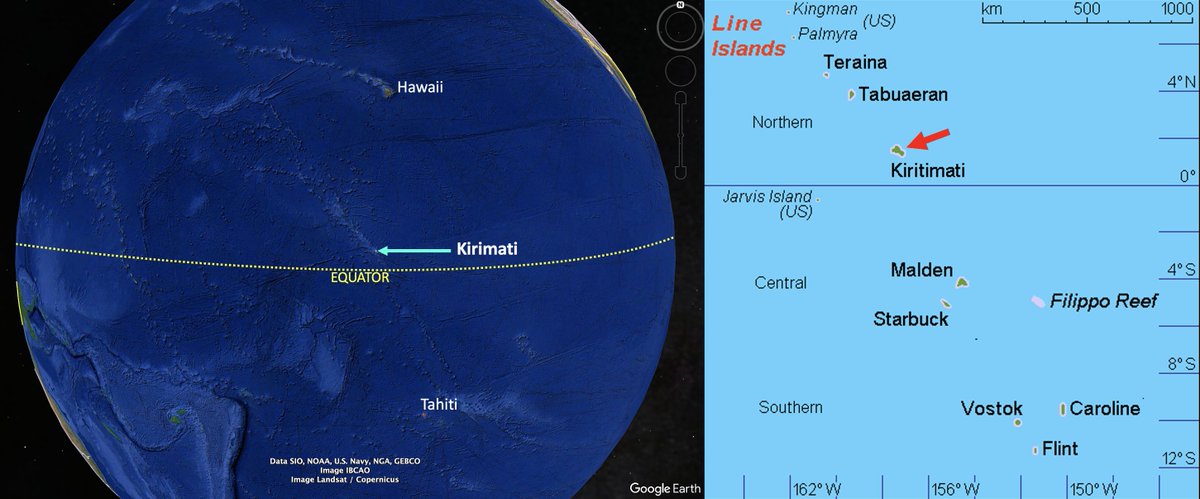

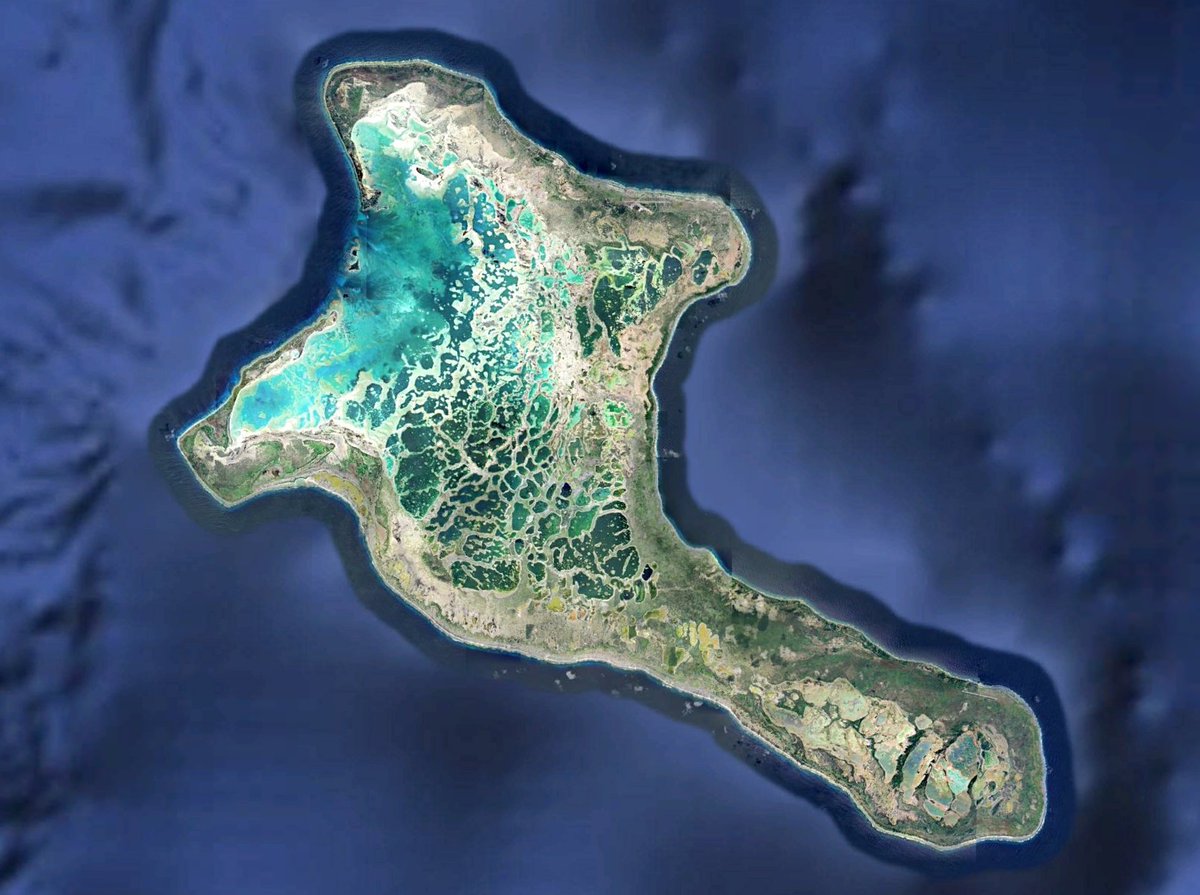 It's first because the international date line pooches way out in an irregular pattern (since 1995) to encompass all of Kiribati's 3 sprawling island chains: the Line, Gilbert, and Phoenix archipelagoes. The easternmost portion around Kiritimati is the UTC+14 time zone. 2/4
It's first because the international date line pooches way out in an irregular pattern (since 1995) to encompass all of Kiribati's 3 sprawling island chains: the Line, Gilbert, and Phoenix archipelagoes. The easternmost portion around Kiritimati is the UTC+14 time zone. 2/4 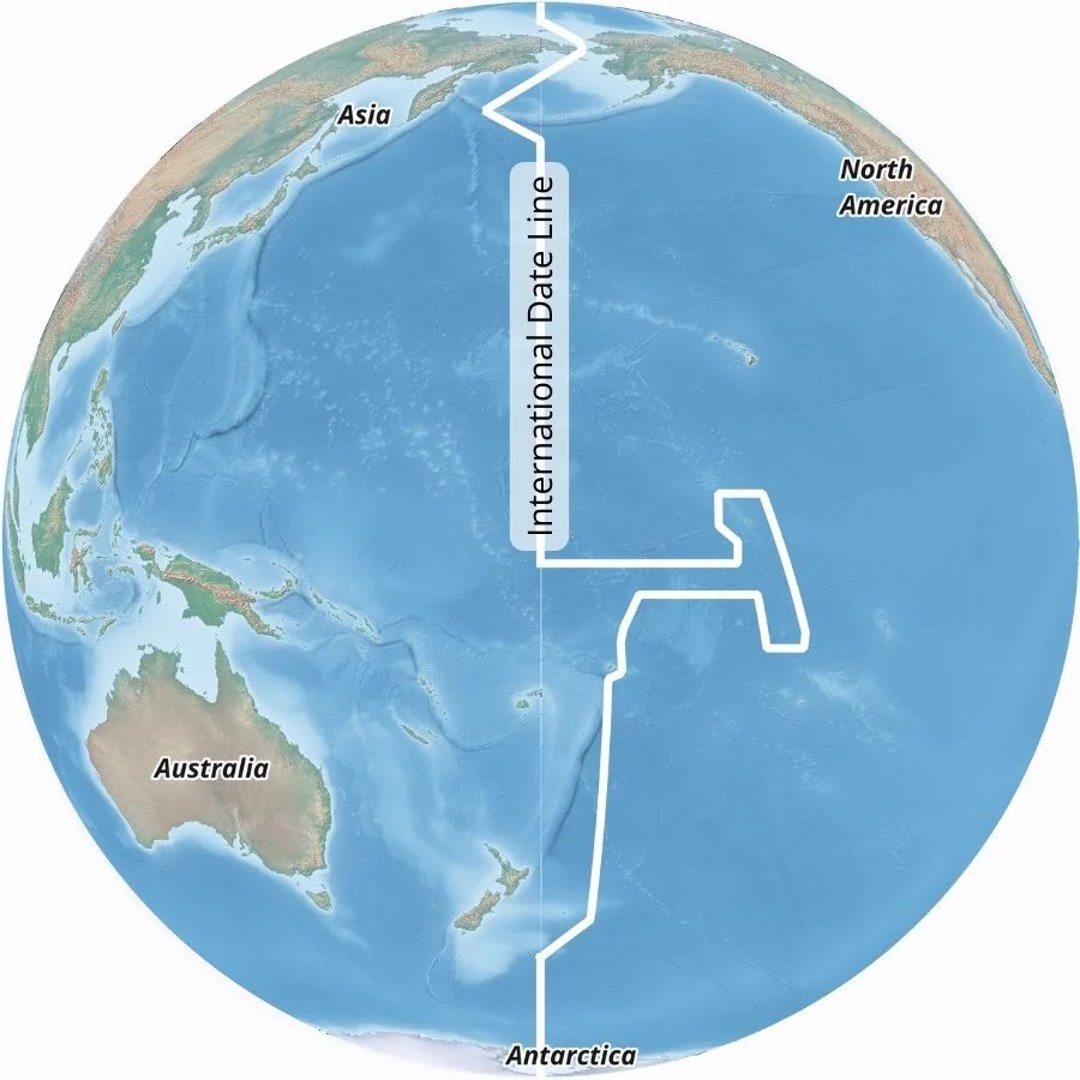

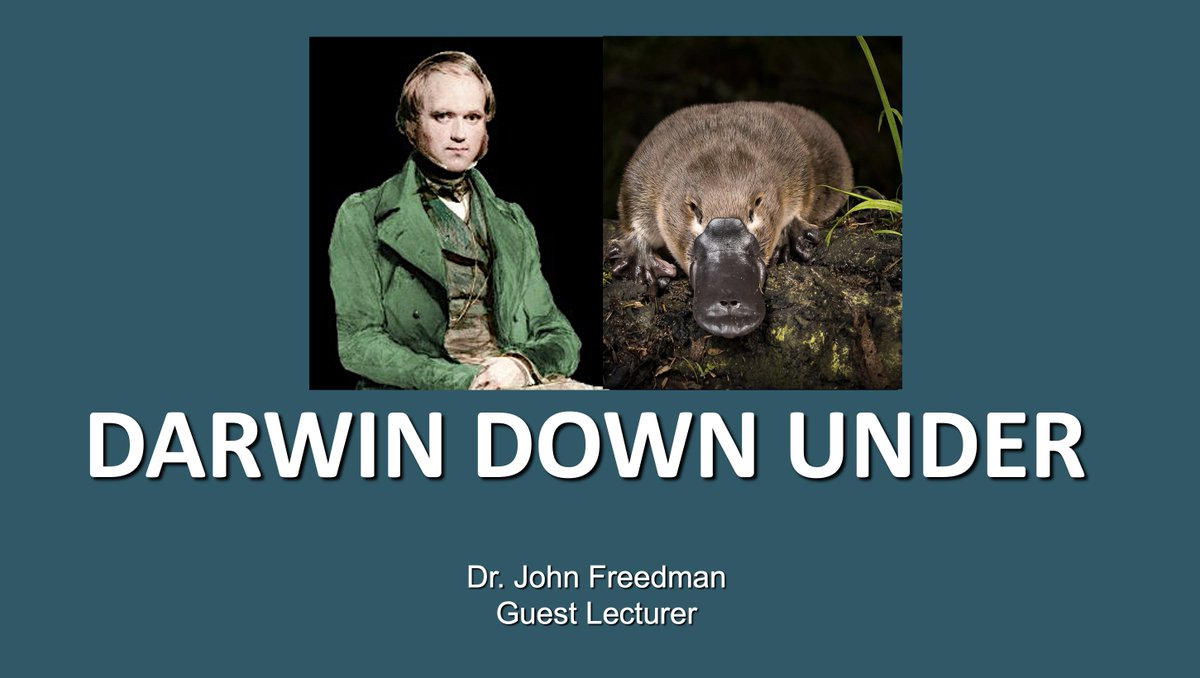
 Darwin was amazed and puzzled that the platypus - a creature strangely and profoundly different from the English water shrew - could exist and thrive in the exact same riverine environmental niche. He noted wryly in his diary that one would have to postulate "two creators." 2/6
Darwin was amazed and puzzled that the platypus - a creature strangely and profoundly different from the English water shrew - could exist and thrive in the exact same riverine environmental niche. He noted wryly in his diary that one would have to postulate "two creators." 2/6 
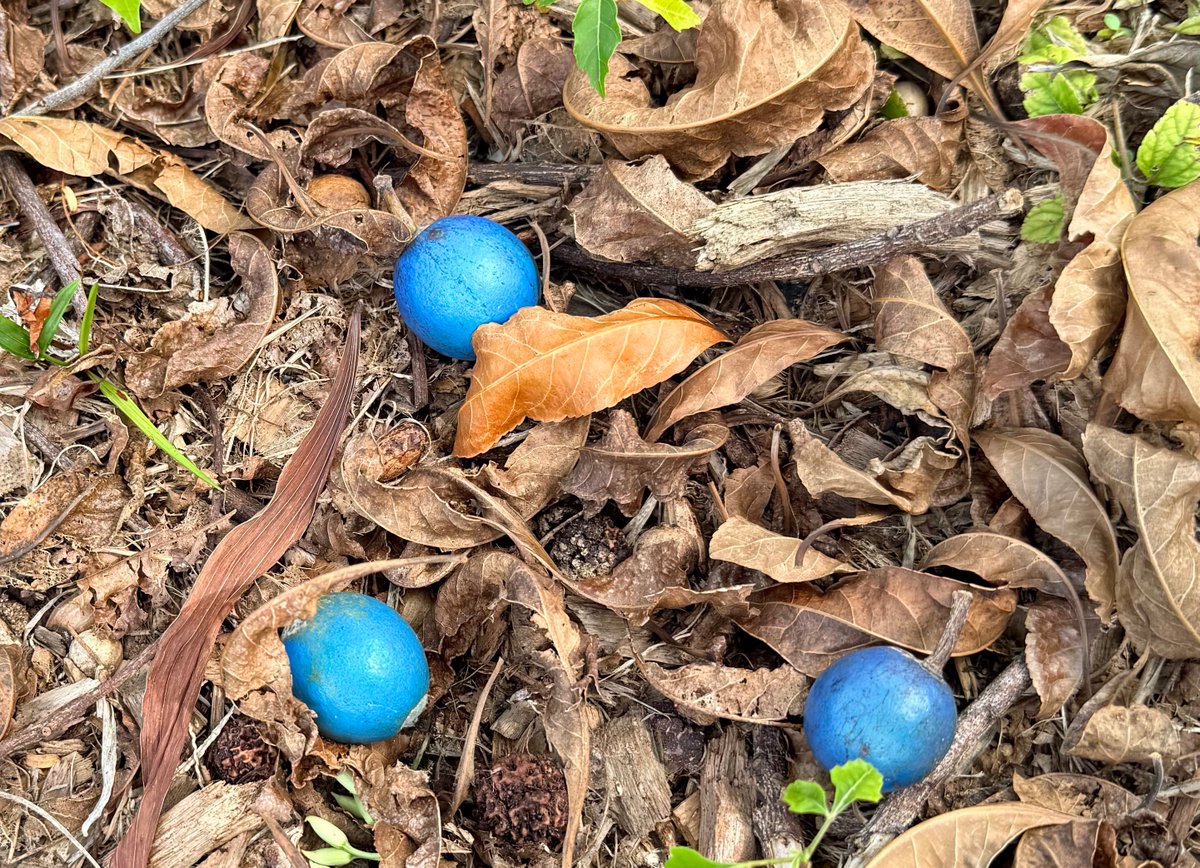
 They are the fruit of the Blue Marble Tree, Elaeocarpus angustifolius, also known as blue quandong, native to Australia, India and SE Asia. The beautiful blue color is not due to pigments as in other fruits such as blueberries or Concord grapes or plums.
They are the fruit of the Blue Marble Tree, Elaeocarpus angustifolius, also known as blue quandong, native to Australia, India and SE Asia. The beautiful blue color is not due to pigments as in other fruits such as blueberries or Concord grapes or plums.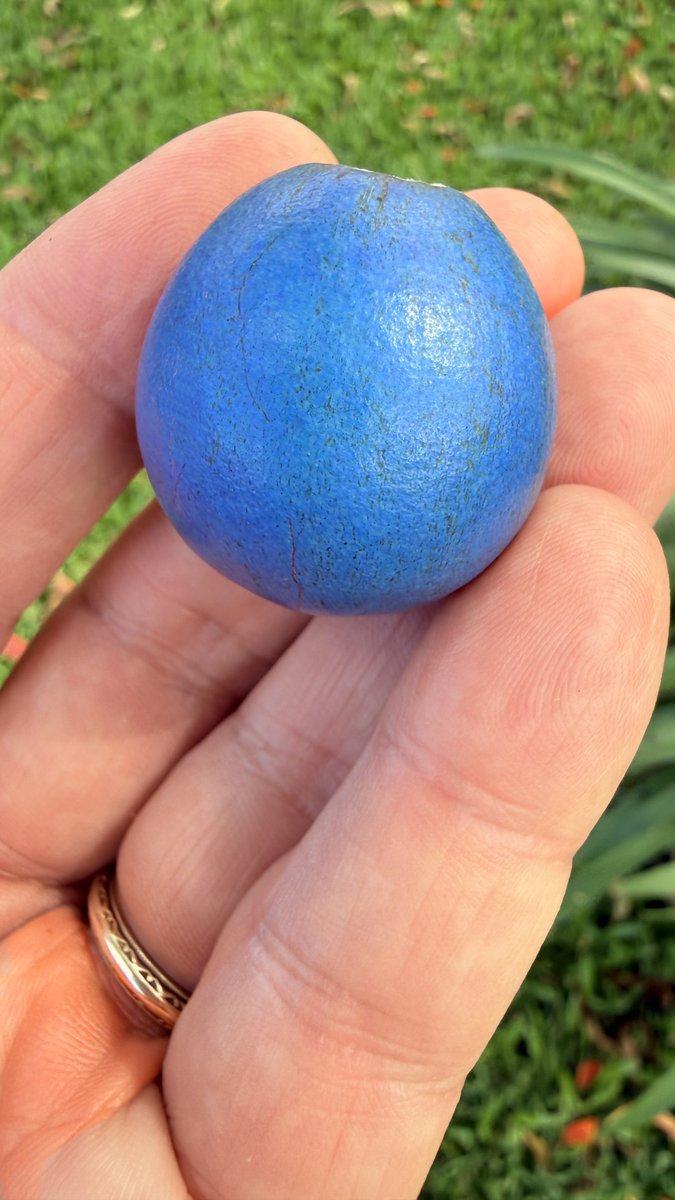
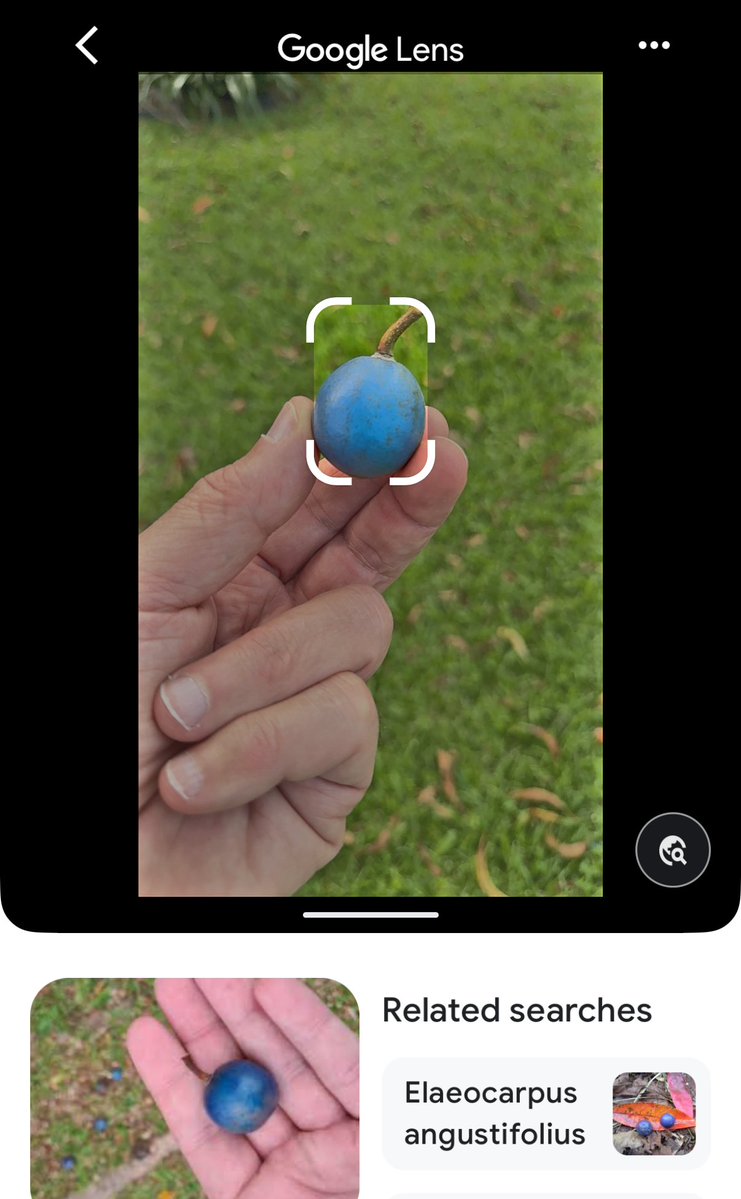
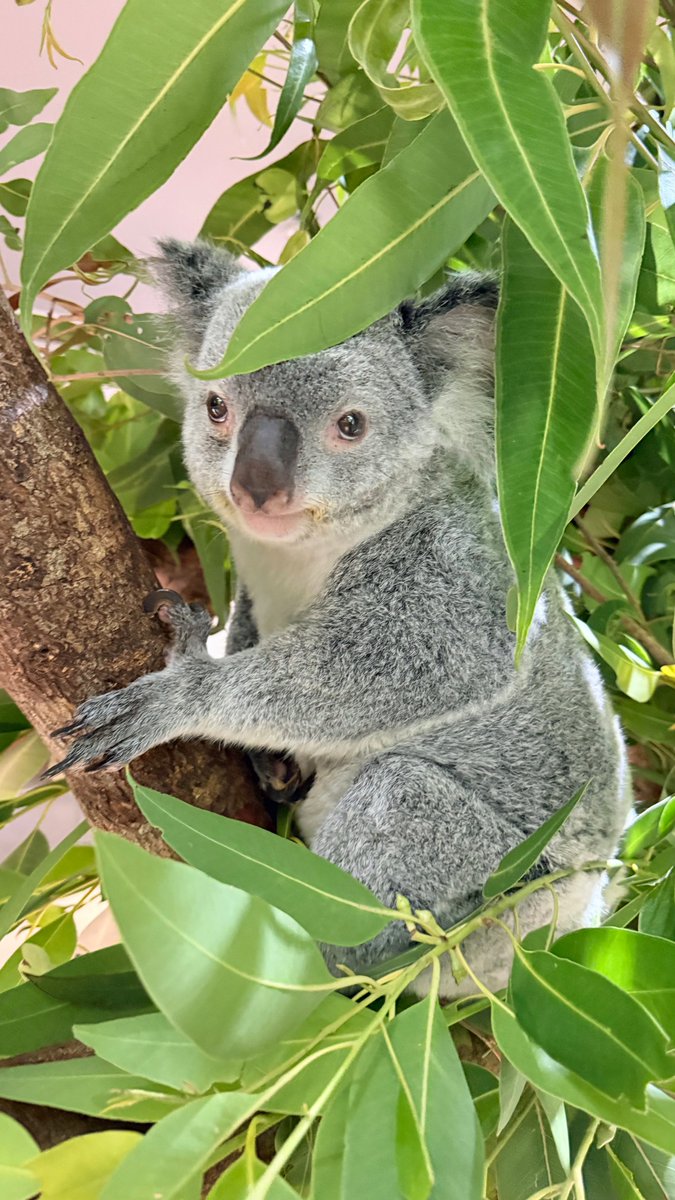

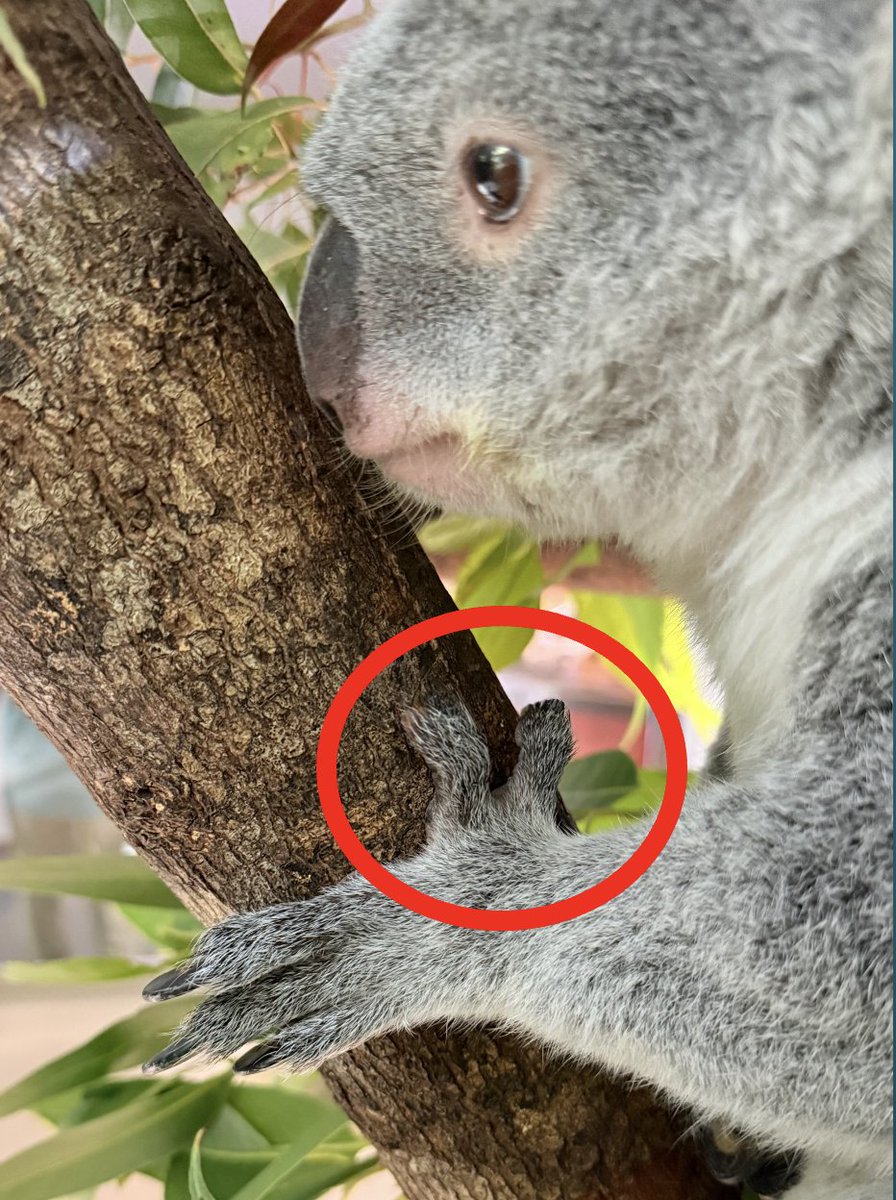
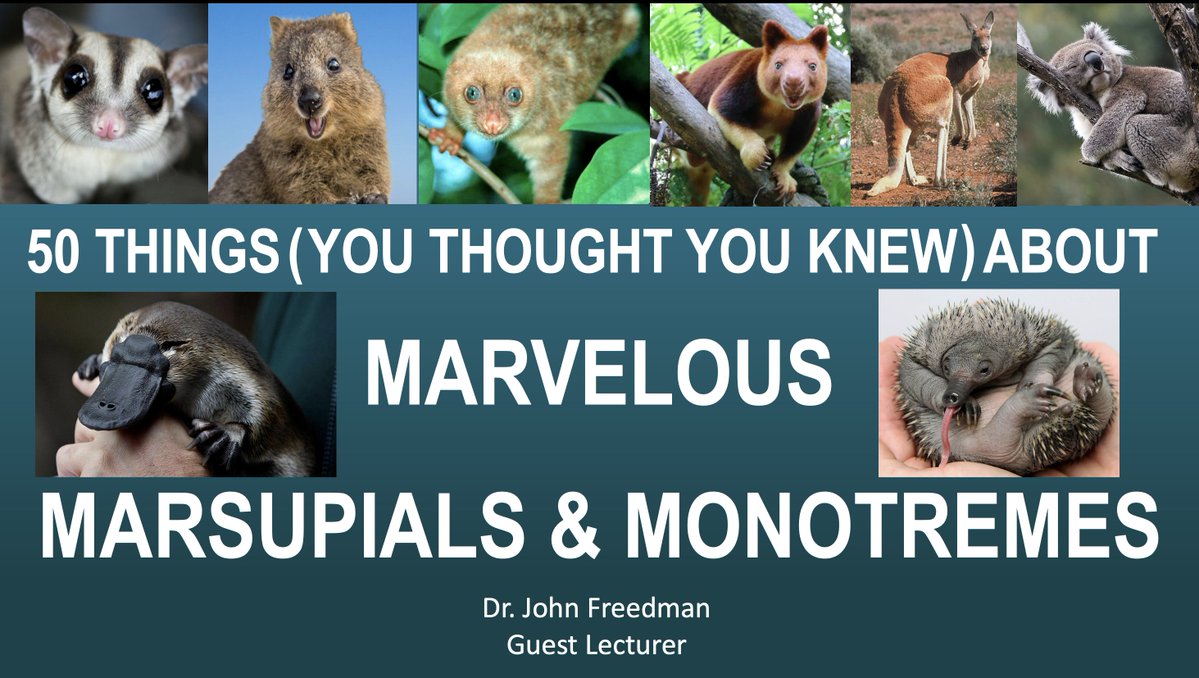 Yes indeed. They actually have 2 opposable digits - a true thumb and an opposable 2nd digit as well, designed for grasping eucalyptus branches. They also have remarkably human-like fingerprints! - likely to help grasp the smooth leaves they feed on.
Yes indeed. They actually have 2 opposable digits - a true thumb and an opposable 2nd digit as well, designed for grasping eucalyptus branches. They also have remarkably human-like fingerprints! - likely to help grasp the smooth leaves they feed on. 

 A careful review of the evidence does not support the theory that he knew. What he did know - as did both the U.S. and Japanese governments and militaries - is that war was inevitable and coming very soon. The idea that a Japanese attack itself was a surprise is fictitious. 2/8
A careful review of the evidence does not support the theory that he knew. What he did know - as did both the U.S. and Japanese governments and militaries - is that war was inevitable and coming very soon. The idea that a Japanese attack itself was a surprise is fictitious. 2/8
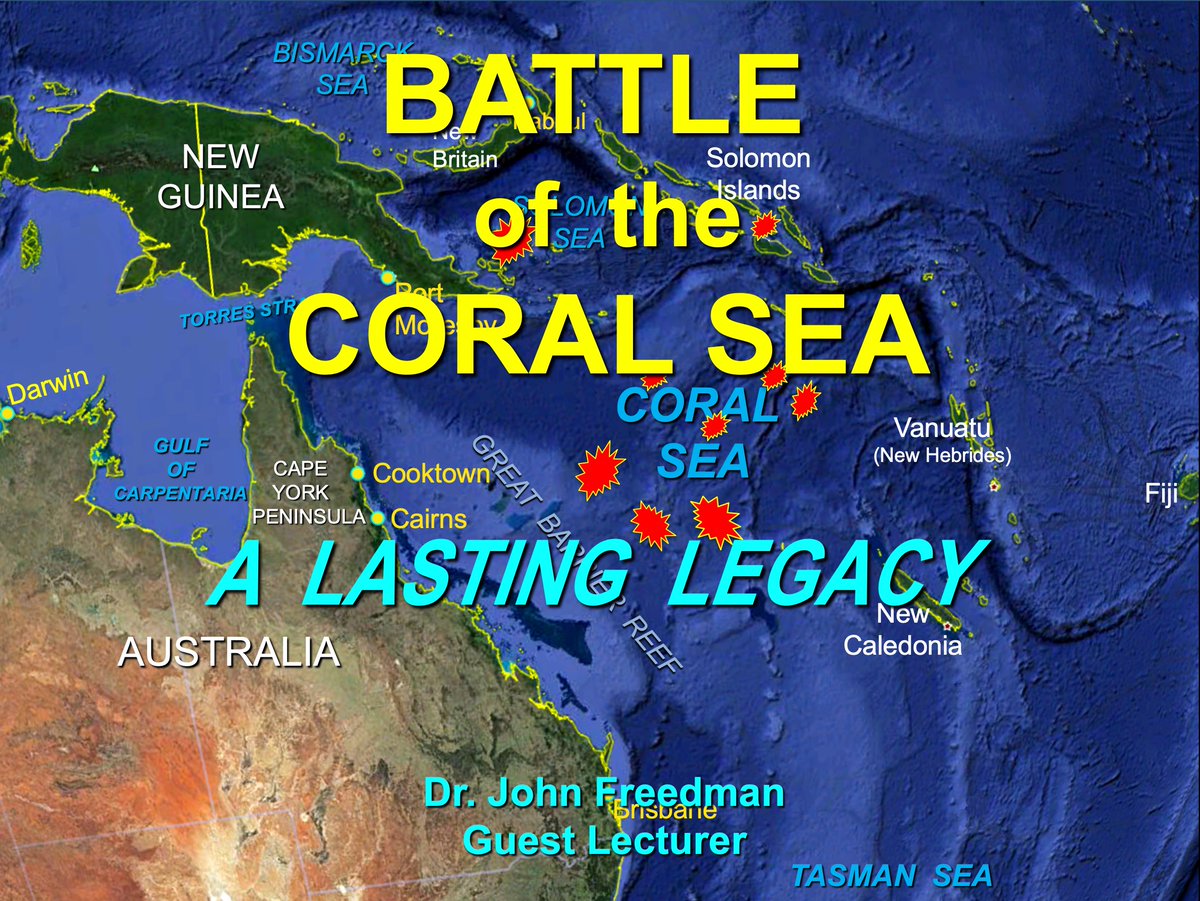
 The Battle would thwart the Japanese plan to take Port Moresby in New Guinea, on Australia's doorstep. Aircraft carriers would battle each other via their aircraft without ever directly sighting each other - a first in naval history. 2/6
The Battle would thwart the Japanese plan to take Port Moresby in New Guinea, on Australia's doorstep. Aircraft carriers would battle each other via their aircraft without ever directly sighting each other - a first in naval history. 2/6 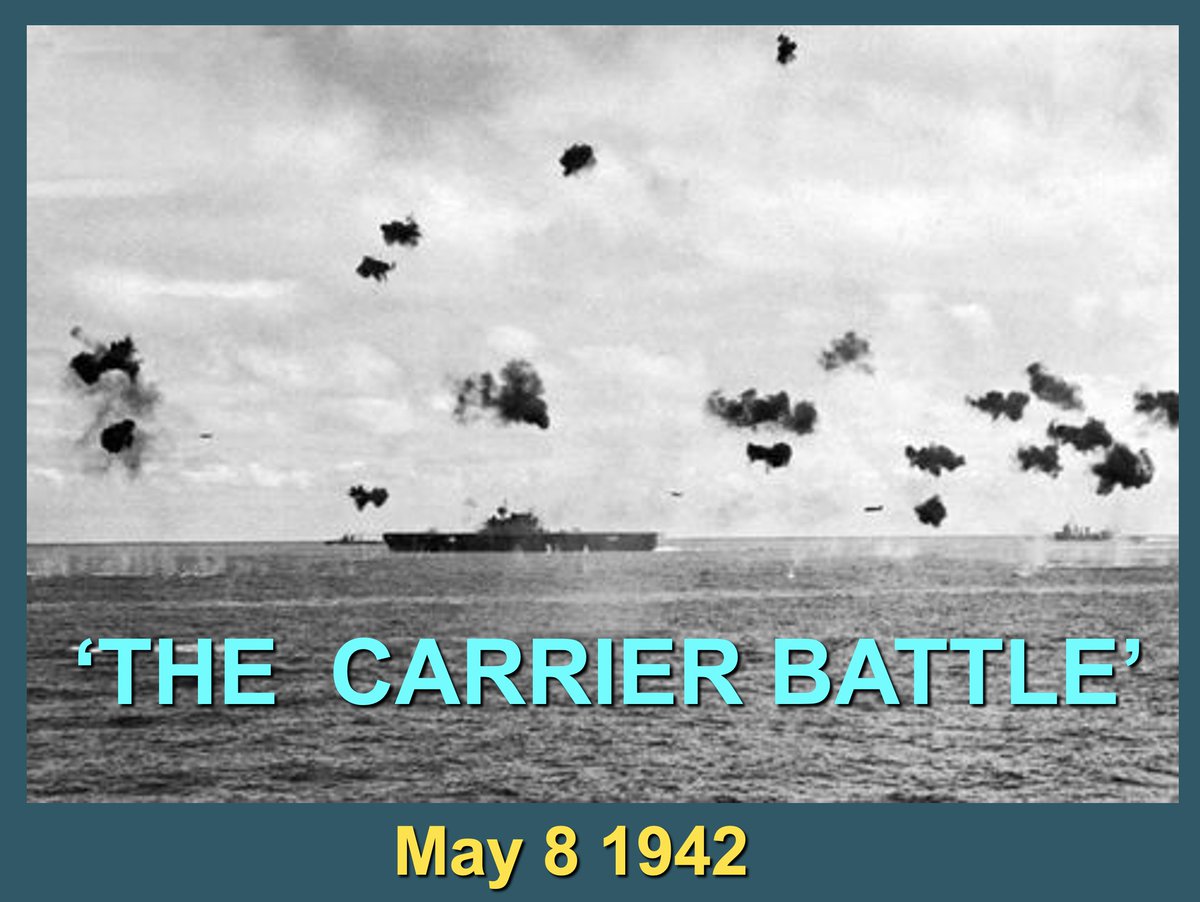




 Who was the first European to land on the Australian continent? Dutch mariner Willem Janszoon in 1606, 164 years before Cook. Dirk Hartog and numerous other Dutch explorers followed, but the Dutch lost interest and focused on Indonesia and the lucrative spice trade. 2/5
Who was the first European to land on the Australian continent? Dutch mariner Willem Janszoon in 1606, 164 years before Cook. Dirk Hartog and numerous other Dutch explorers followed, but the Dutch lost interest and focused on Indonesia and the lucrative spice trade. 2/5 




 The Battle of Dan-no-ura took place here in 1185, wherein the Minamoto clan defeated the Taira clan, ushering in the Kamakura shogunate & a new feudal age that would last 700 years. The epic naval battle ended the Genpei War and is recounted in the classic Tale of the Heike. 2/6
The Battle of Dan-no-ura took place here in 1185, wherein the Minamoto clan defeated the Taira clan, ushering in the Kamakura shogunate & a new feudal age that would last 700 years. The epic naval battle ended the Genpei War and is recounted in the classic Tale of the Heike. 2/6 




 Today you can visit the USS Missouri, now a museum, at Pearl Harbor. Along with the sunken USS Arizona which is now a moving memorial, these 2 ships are the bookends of WWII in the Pacific, marking Dec 7 1941 and Sept 2 1945.
Today you can visit the USS Missouri, now a museum, at Pearl Harbor. Along with the sunken USS Arizona which is now a moving memorial, these 2 ships are the bookends of WWII in the Pacific, marking Dec 7 1941 and Sept 2 1945. 




 All are within a few minutes walk of each other on the scenic north bank of the Tagus River. Also a few minutes by foot is the excellent Museu de Marinha (Maritime Museum), where you'll be greeted in the entryway by O Infante (Prince Henry) himself. 2/5
All are within a few minutes walk of each other on the scenic north bank of the Tagus River. Also a few minutes by foot is the excellent Museu de Marinha (Maritime Museum), where you'll be greeted in the entryway by O Infante (Prince Henry) himself. 2/5 




 Today you can still walk through the portals, halls, and gardens that Columbus did. The monarchs were too busy with the final phase of the Reconquista (taking southern Spain back from its long-time Moorish colonizers) to seriously consider the upstart Italian's wild proposal. 2/5
Today you can still walk through the portals, halls, and gardens that Columbus did. The monarchs were too busy with the final phase of the Reconquista (taking southern Spain back from its long-time Moorish colonizers) to seriously consider the upstart Italian's wild proposal. 2/5 





 Is it animal, mineral, vegetable, or alien being? In fact it's an animal, specifically a sea squirt (though also misleadingly called sea pineapple) - a zoologically interesting tunicate proto-vertebrate with the rudiments of a notochord during its larval stage.
Is it animal, mineral, vegetable, or alien being? In fact it's an animal, specifically a sea squirt (though also misleadingly called sea pineapple) - a zoologically interesting tunicate proto-vertebrate with the rudiments of a notochord during its larval stage. 

 1- It's extremely beautiful and geologically interesting, with a rugged green volcanic south and an uplifted, sculpted limestone north. That means stunning mountains & beaches, with the latter mostly encircled by a barrier reef which makes for great swimming and snorkeling.
1- It's extremely beautiful and geologically interesting, with a rugged green volcanic south and an uplifted, sculpted limestone north. That means stunning mountains & beaches, with the latter mostly encircled by a barrier reef which makes for great swimming and snorkeling. 







 The deep, capacious lagoon comprises 19 higher volcanic islands, 10 atolls, and over 100 coralline islets.
The deep, capacious lagoon comprises 19 higher volcanic islands, 10 atolls, and over 100 coralline islets. 


 But politically, it is part of the nation of Papua New Guinea, not part of the Commonwealth Nation of the Solomon Islands.
But politically, it is part of the nation of Papua New Guinea, not part of the Commonwealth Nation of the Solomon Islands. 



 The airfield was taken from the Japanese, who had invaded and occupied Guadalcanal in July 1942. The Americans re-named the airfield in honor of Lt. Lofton Henderson, the marine air squadron commander who had been the first to perish in the June '42 Battle of Midway.
The airfield was taken from the Japanese, who had invaded and occupied Guadalcanal in July 1942. The Americans re-named the airfield in honor of Lt. Lofton Henderson, the marine air squadron commander who had been the first to perish in the June '42 Battle of Midway. 
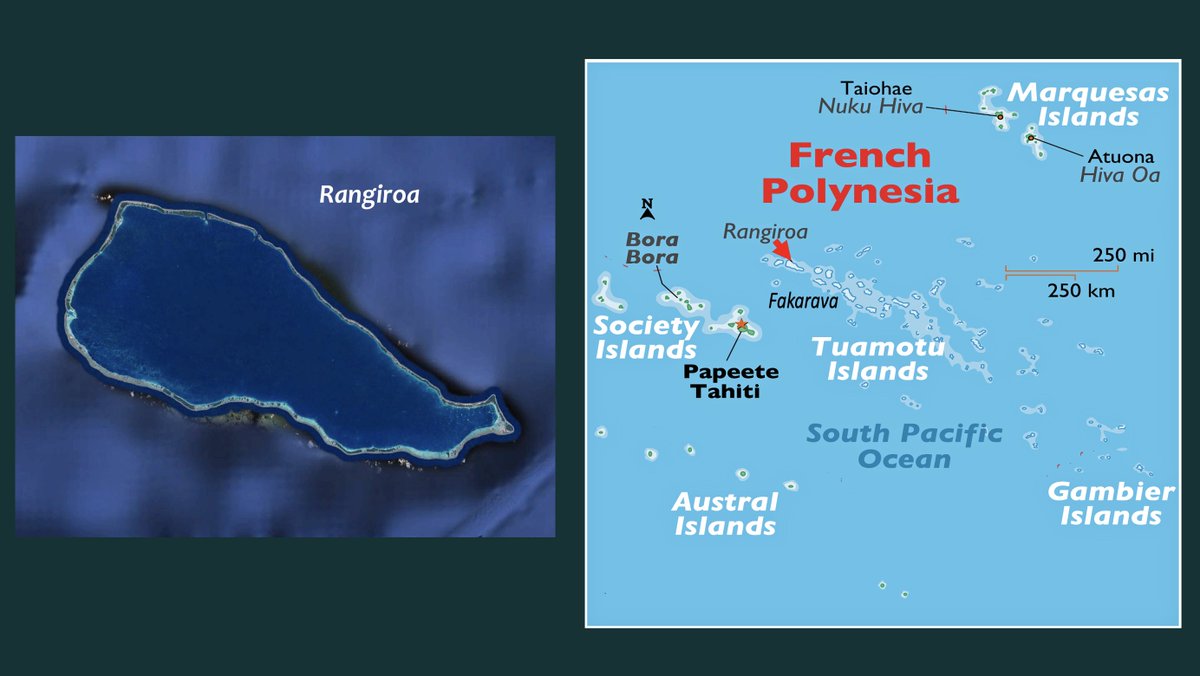

 Rangiroa means 'Vast Sky' and it lives up to its name. It's about 48 miles long by 20 miles wide and its circumference is over 120 miles. The photos below were taken from inside its 'inland sea' lagoon - it might have been called 'Big Water'. 2/5
Rangiroa means 'Vast Sky' and it lives up to its name. It's about 48 miles long by 20 miles wide and its circumference is over 120 miles. The photos below were taken from inside its 'inland sea' lagoon - it might have been called 'Big Water'. 2/5 





 Fakarava is in the Tuamotu archipelago. Its huge rectangular lagoon sits where a mountainous volcanic island once loomed but has subsided completely beneath the sea over millions of years, leaving only a ring of coral motus.
Fakarava is in the Tuamotu archipelago. Its huge rectangular lagoon sits where a mountainous volcanic island once loomed but has subsided completely beneath the sea over millions of years, leaving only a ring of coral motus. 




 Mendaña's voyages would go far beyond Polynesia in search of the mythical southern continent of Terra Australis. But his voyages would be blood-soaked, and end in mayhem in the Solomon Islands. An excellent account by Robert Graves:
Mendaña's voyages would go far beyond Polynesia in search of the mythical southern continent of Terra Australis. But his voyages would be blood-soaked, and end in mayhem in the Solomon Islands. An excellent account by Robert Graves: 



 It's lush and beautiful, straddling the Caribbean and Atlantic. Below is a view looking southeast from St. Kitts to Nevis. The clouds that gather on the volcanic Nevis Peak give the mountain its name, derived from the Spanish word 'nieves' for snows.
It's lush and beautiful, straddling the Caribbean and Atlantic. Below is a view looking southeast from St. Kitts to Nevis. The clouds that gather on the volcanic Nevis Peak give the mountain its name, derived from the Spanish word 'nieves' for snows. 